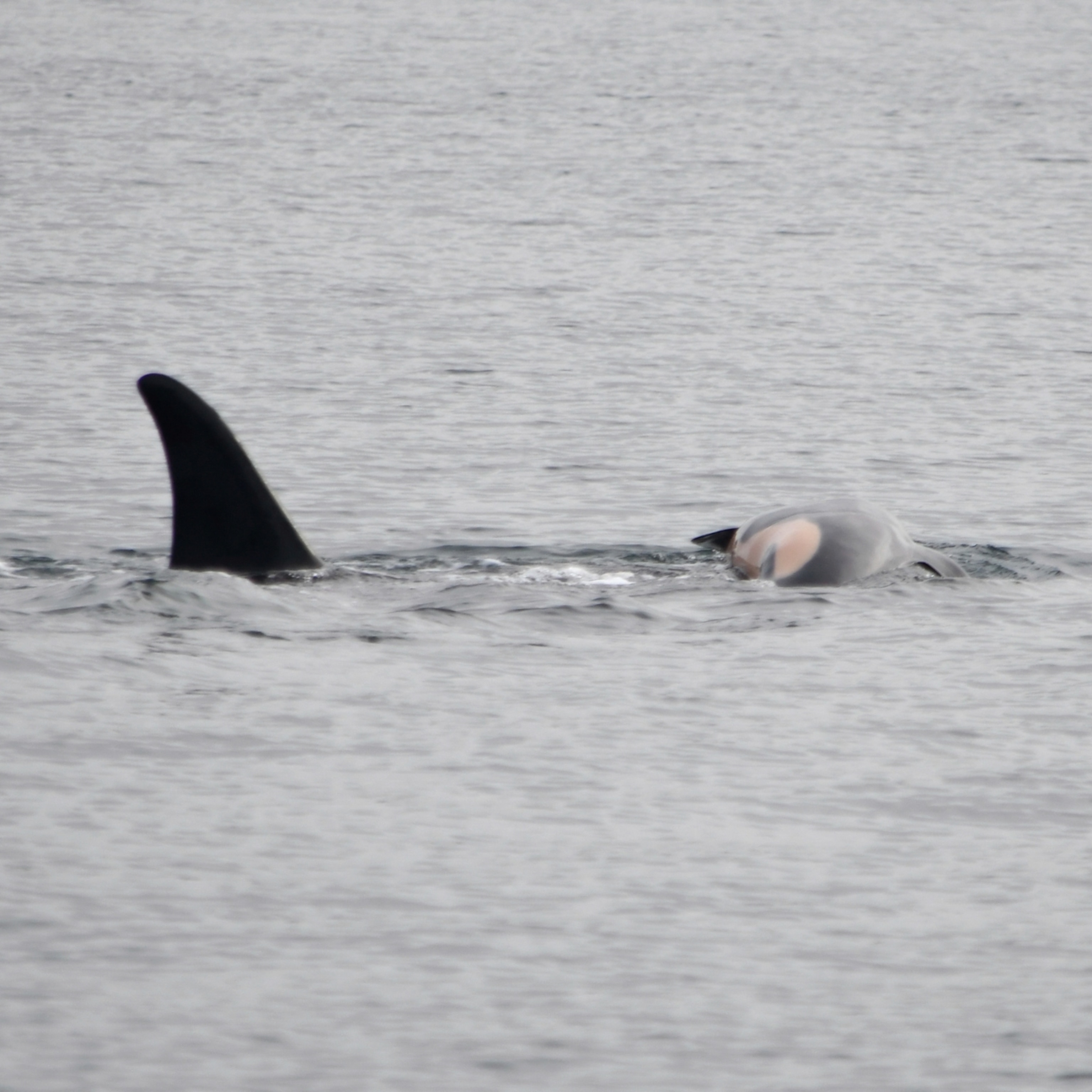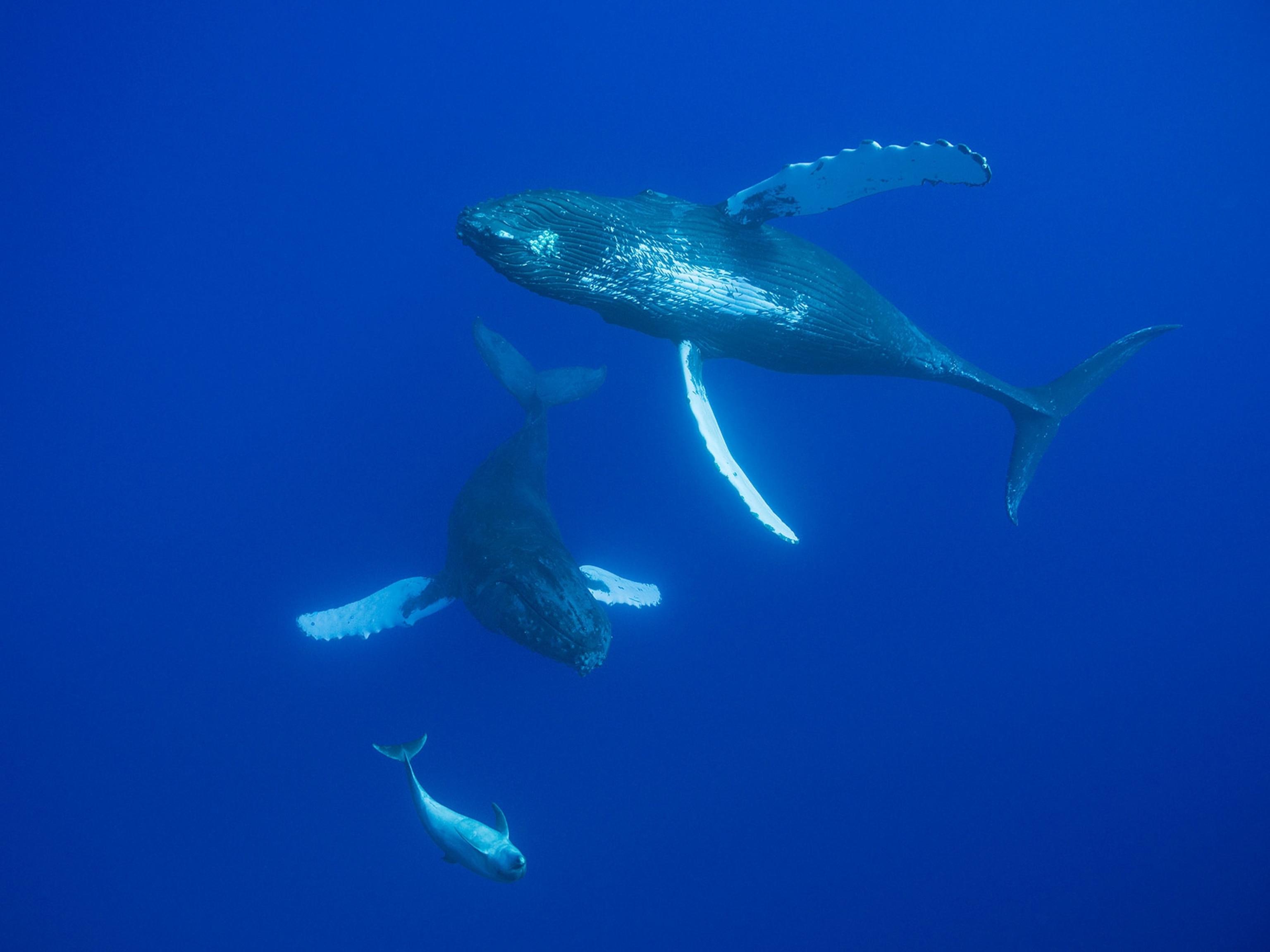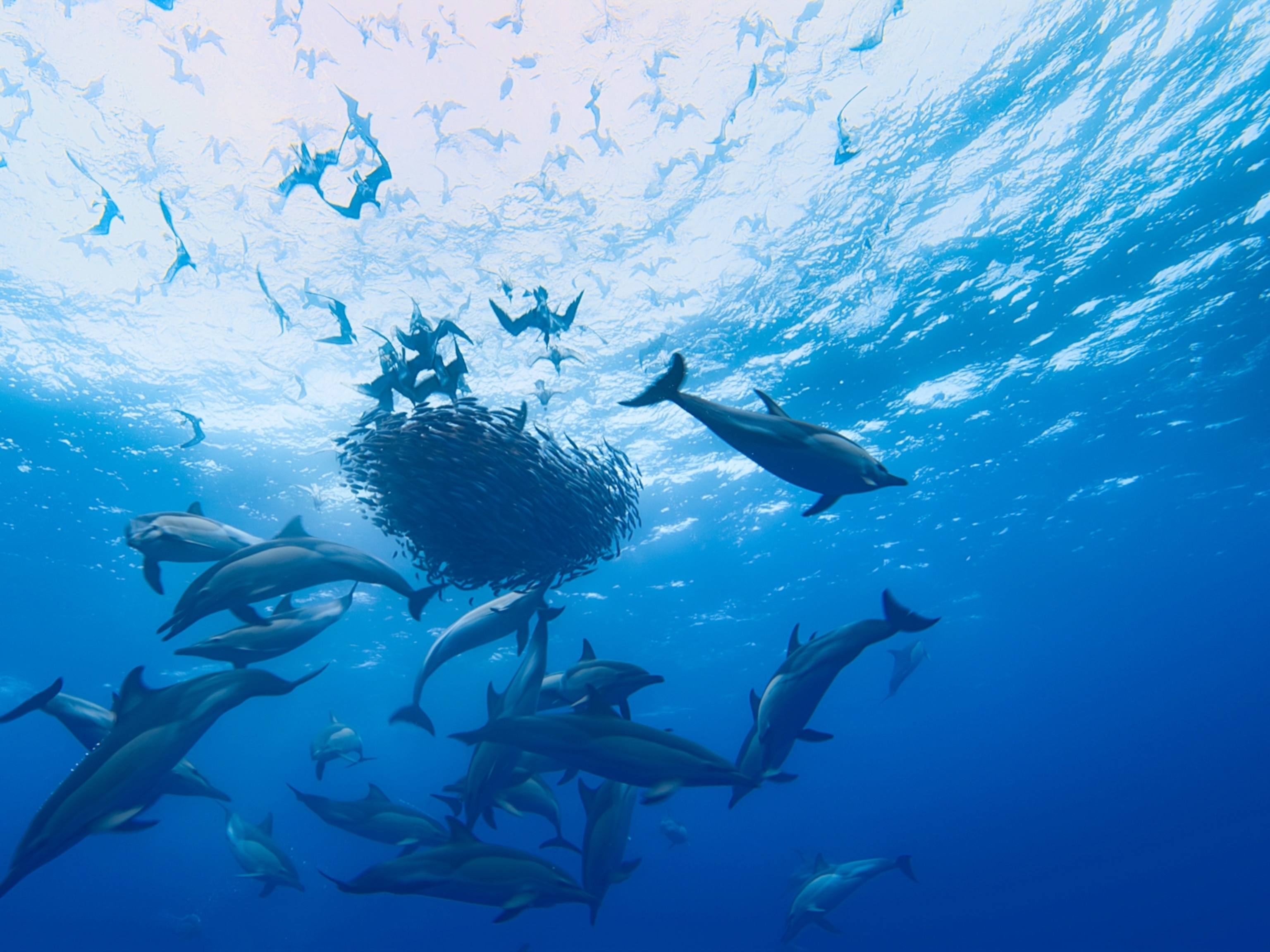The smoke plume from the Dixie Fire—the largest single fire in California state history—got so huge it covered five states. It’s mostly contained now, but at its peak, people across some 2,500 square miles from California to Nebraska, were breathing in a variety of toxins from the materials that fuel the fire, including ozone, carbon monoxide, and particulate matter. They were coughing, rubbing their stinging eyes, and having asthma attacks. For people who live in fire-prone areas, each new fire may be increasing their risk of stroke or heart attack.
People with HVAC systems and air filters usually can protect themselves by staying inside, but wild animals have no escape. As years of poor forest management and climate change cause fires to grow in size and intensity, it’s become increasingly important to understand how smoke affects animals, so that scientists can identify the most vulnerable species and determine whether they need management or conservation plans. Yet little is known about how wildfire smoke affects animals, and scientists are scrambling for answers.
“There are so many big question marks,” says Olivia Sanderfoot, a Ph.D. candidate at the University of Washington who published a study on October 19 in Environmental Research Letters reviewing the existing research on how wildfire smoke affects animals. She found just 41 studies, most from the past 20 years. They included fewer than 50 species.
Many animals have evolved to either flee or hide when they smell smoke, anticipating fire.
“That’s not a lot of information on this topic, considering all the species potentially affected by wildfire smoke,” Sanderfoot says. “It leaves a lot of ground to cover.” For example, there are just a handful of mammals included in the research, and there are no published studies on how wildfire smoke affects amphibians, which breathe through their skin, or mollusks.
Why some animals are more vulnerable
“All animals that breathe air are vulnerable to inhalation exposure to wildfire smoke,” Sanderfoot says, adding that the threat depends on the physiology and metabolism of a species. Birds, for example, have highly efficient respiratory systems—they have thinner lung structures and can absorb oxygen both when they breathe in and breathe out. This means toxins in the air are transferred into their bodies more readily, making them more sensitive to all types of air pollution, including smoke.
Whales, dolphins, and other cetaceans also are especially vulnerable to smoke. They exchange as much as 80 percent of the air in their lungs with each breath, compared to humans at about 20 percent. They also lack protective structures such as sinuses and mucus to help filter out particles, Stephen Raverty, a veterinary pathologist at the Ministry of Agriculture in British Columbia told National Geographic last year. (Read more about how wildfire smoke affects dolphins and whales.)
Fishers, voles, ground birds, and other burrowing animals might be afforded some protection by their low-lying lifestyles, which can help reduce their exposure to smoke. Lower isn’t always safer, though, because smoke dispersion is affected by chemical composition, weather, and geography.
As in humans, symptoms of smoke-inhalation injuries in animals can include labored or rapid breathing, wheezing, panting, coughing, and foaming of the nostrils, Sanderfoot says. Carbon monoxide can lead to confusion, stupor, and death.
In addition, particulates can get deep into the lungs and trigger a long-lasting immune response and inflammation, harming respiratory and cardiovascular health, suppressing the immune system, and preventing cells from repairing themselves.
Male rats in a Russian lab that bred right after they were exposed to smoke that mimicked wildfires had offspring that were more anxious and showed evidence of impaired cognitive function.
Infant rhesus macaques living at the National Primate Center in California when it was inundated with smoke from regional wildfires in the summer of 2008 ended up with reduced lung capacity and weakened immune responses years later, in adolescence. Captive bottlenose dolphins in a U.S. Navy facility in San Diego showed higher rates of pneumonia, as well as evidence of probable lung injury following a major wildfire. Other marine mammals such as otters, seals, and orcas could have similar long-term effects.
Slowing down
Less obvious are the ways animal behavior changes in response to smoke. Like humans, most animals seem to find wildlife smoke unpleasant. Besides making it more difficult to breathe, for animals smoke makes it harder to see and smell food, whether that’s prey or flowers.
Many animals either flee or hide when they smell smoke, anticipating fire. The Algerian sand racer, a burrowing lizard in the Mediterranean region, doesn’t seem too bothered by wildfires that sweep the Iberian Peninsula. When it smells smoke, it hides, according to a 2021 study led by biologist Lola Alvarez-Ruiz, a researcher with the Desertification Research Center at the University of Valencia in Spain. She exposed two groups of the lizards—some from fire-prone areas and some not—to smoke and to a smoky, but odorless, control substance. “We saw that lizards that are living in places that historically burn a lot react more and detect the smoke better—and they hide. This capacity to recognize the smoke and respond is a way for the lizards to maximize survival,” Alvarez-Ruiz says.
What happens when smoke is everywhere, but there’s no fire nearby? “It’s very energetically taxing to enter fire avoidance strategies when there is no danger,” Sanderfoot says. Those that are able, like some birds and mammals, will use smoke as a cue to leave an area, but that means they forgo finding food and mating, expending energy to escape a fire that might never come near them.
Other animals respond to smoke not by fleeing, but by reducing their energy use. Researchers in Australia showed that small marsupials and some bats go into the low-metabolism rest state of torpor after fires to survive a lack of food. But researchers think that others, especially smaller burrowing animals that can’t outrun fires, might tuck themselves down deep into crevices, using smoke as a key to stay put as the fire rages overhead. But if there’s smoke and no fire, these animals’ torpor could mean that they are missing out on foraging for food and reproduction, says Clare Stawski, who studied how smoke affects the torpor of pygmy possums, dunnarts, and bats at the University of New England, in Australia.
“Smoke would probably also elevate their stress levels, which has its own bad consequences,” Stawski says. When an animal is stressed, it may redirect energy away from reproduction. Males stop producing sperm, and females skip estrus cycles. “They would also redirect resources from their immune system, which means that if they’re any underlying illnesses or if they're injured, for example, that they wouldn’t recover or heal properly,” Stawski says.
Larger animals slow down too. In Borneo, researchers began studying the effects that peat wildfire smoke in Borneo had on orangutans after noticing their voices sounded hoarse. The orangutans rested more and traveled less when inundated with smoke, even as urine samples showed the animals were still burning as much energy as usual, possibly to keep up their immune systems under stressful circumstances, says Wendy Erb, a postdoctoral researcher at the K. Lisa Yang Center for Conservation Bioacoustics at the Cornell Lab of Ornithology. “The orangutans are changing their energy budgets; they’re trying to compensate [by moving less], and yet they’re still going into this energy deficit state,” Erb says.
Traveling less also means that Erb’s adult male orangutans had fewer opportunities to mate, and since orangutans have notoriously slow reproductive cycles, smoke could ultimately harm this already endangered animal’s population.
How to catch up—safely
So how are wildlife scientists going to catch up with the effects of wildfire smoke? Sanderfoot says the best way to study the effects of this smoke on animals quickly (and safely) is for ecologists and atmospheric scientists to pair existing data of animal behavior, like libraries of audio recordings and camera-trap images, with data from air-quality monitors
Community science can be helpful too. As long as it’s safe to do so, “collecting observations of wildlife during smoke events would definitely be useful,” Sanderfoot says. Platforms such as iNaturalist, eBird, and the Breeding Bird Survey allow anyone to upload photos and data of wildlife sightings, which scientists then use for various research projects.
In the meantime, gathering data from the field remains a challenge. Erb had to interrupt her orangutan study when the 2015 peat fire got so close that she and the rest of the research team had to turn to building makeshift hydrants in the peat and organizing firefighting teams instead of collecting data. “We actually don't have any data for the month when the air quality was the worst, because we were all putting out fires at that time. We put away our binoculars and took out our fire hoses for that month,” she says.
“And then it was like a miracle,” she says. “The sky [opened] up and it started pouring. And I don’t think that I’ve ever personally experienced that kind of elation....We’re just dancing in front of it. It was pretty amazing.”









